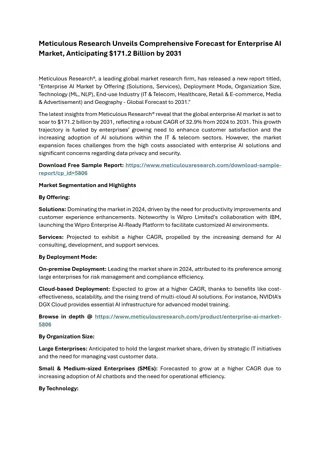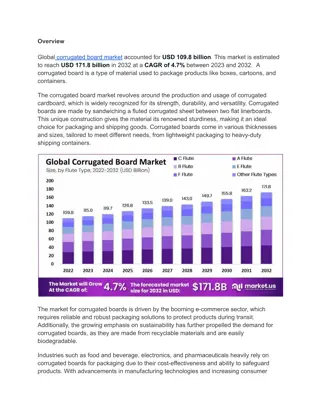
Economic Activities and Sectors Classification
Explore the concept of economic activities, including primary, secondary, tertiary, quaternary, and quinary sectors. Learn about the features of each sector and their roles in national economies.
Download Presentation

Please find below an Image/Link to download the presentation.
The content on the website is provided AS IS for your information and personal use only. It may not be sold, licensed, or shared on other websites without obtaining consent from the author. If you encounter any issues during the download, it is possible that the publisher has removed the file from their server.
You are allowed to download the files provided on this website for personal or commercial use, subject to the condition that they are used lawfully. All files are the property of their respective owners.
The content on the website is provided AS IS for your information and personal use only. It may not be sold, licensed, or shared on other websites without obtaining consent from the author.
E N D
Presentation Transcript
Concept and Classification of Economic Activities Presented by: Sikha Kar Department of Geography(UG & PG) Bajkul Milani Mahavidyalaya Sem-IV Date-15/03/2021
Economic activity According to Raich, Economic activity is the production, distribution, and consumption of commodities. This definition was criticized and rephrased by O Connor- Any economic activity involving the production, distribution, and consumption of commodities, depending on the level of generality.
Classification of economic activities: In terms of the national economy, a basic classification of economic sectors, broken into four basic sectors is used: 1) Primary Sector (Raw Materials) 2) Secondary Sector (Manufacturing and Industry) 3) Tertiary Sector (Service Sector) 4) Quaternary Sector (Knowledge Sector) 5) Quinary Sector (Decision Making Sector)
Features of Primary Economic Activity Primary economic activity involves taking natural resources from the land or the sea. Primary economic sectors are- Farming Fishing Forestry Mining Quarrying In developing countries, most people (75% average) work in primary sectors. In developed countries, very few people (10% average) work in primary sectors. Natural sources can be 2 types- Renewable resources (resources that can be used over and over again. With careful management, they will not run out) Non-renewable resources (can only be used once. Each time such resources are used less of that resource is left for the future. Non-renewable resources will eventually run out) People who are involved in primary economic activity is called red collar worker. Frequency of primary economic activity indicates the initial stage of economic development of a country. It has a great role in earning foreign remittance.
Features of Quaternary Economic Activity It is a knowledge based sectors. Computing knowledge, ICT expertise, scientific research etc. are included in this sector. The developing countries have almost 1 or less than 1 percentile of this sector. The developed countries have a notable percentage of quaternary sectors. It indicates a permanent stability and richness of economy of a country. Decision making and planning activities are enhanced in this sector. The development of this sector leads to quinary economic activity which is based on decision making actions.
Features of Secondary Economic Activity The secondary sector involves the transformation of raw materials into goods. Secondary activity is mainly associated with manufacturing and industry. Example of secondary sectors are- textile, leather industry, ceramic industry, cash crop industry etc. In developing countries, very few people (5% average) work in secondary sectors. In developed countries, moderate number people (25% average) work in secondary sectors. It includes the processing of raw materials. Secondary activity ultimately leads to industrialization. Frequency of secondary activity indicates the median period of economic development in a state. When an economy moves into the second sector, new farm techniques are used, and industrialization changed how goods can be transformed, distributed and sold. It has a great role in earning foreign remittance.
Features of Tertiary Economic Activity The tertiary sector involves the supplying of services to consumers and businesses. This sector provides services to the general population and businesses, including retail, sales, transportation and restaurants. The types of workers in this sector include restaurant bartenders, accountants, pilots etc. Frequency of tertiary activity indicates the matured period of economic development in a state. In developing countries, few people (10% average) work in tertiary sectors. In developed countries, most people (65% average) work in tertiary sectors. The tertiary sector indicates a competition in international business sector.
Features of Quaternary Economic Activity It is a knowledge based sectors. Computing knowledge, ICT expertise, scientific research etc. are included in this sector. The developing countries have almost 1 or less than 1 percentile of this sector. The developed countries have a notable percentage of quaternary sectors. It indicates a permanent stability and richness of economy of a country. Decision making and planning activities are enhanced in this sector. The development of this sector leads to quinary economic activity which is based on decision making actions.
Features of Quinary Economic Activity Quinary activities center on the production, reorganization, and evaluation of new and existing ideas, as well as data interpretation and the use and assessment of new technology. Tertiary or quaternary industries are more likely to involve these industries. The quinary sector includes non-profit public services like health care, education, culture, and fire and police protection that are not meant to earn a financial return for private companies. Quinary sector employees are referred to as gold collar professionals since they include people with a high level of education and experience, such as: Highly trained senior corporate executives Legal and financial advisors Government officials Scientists










